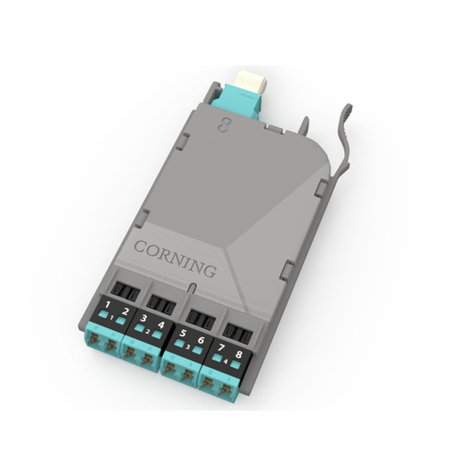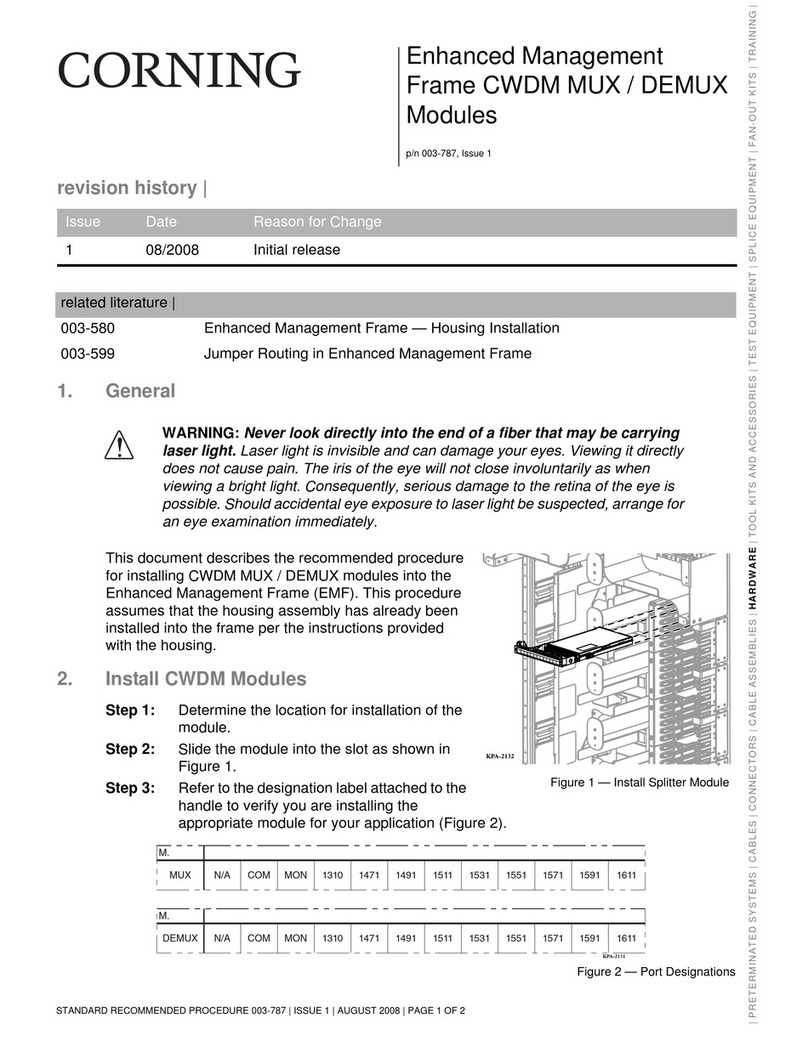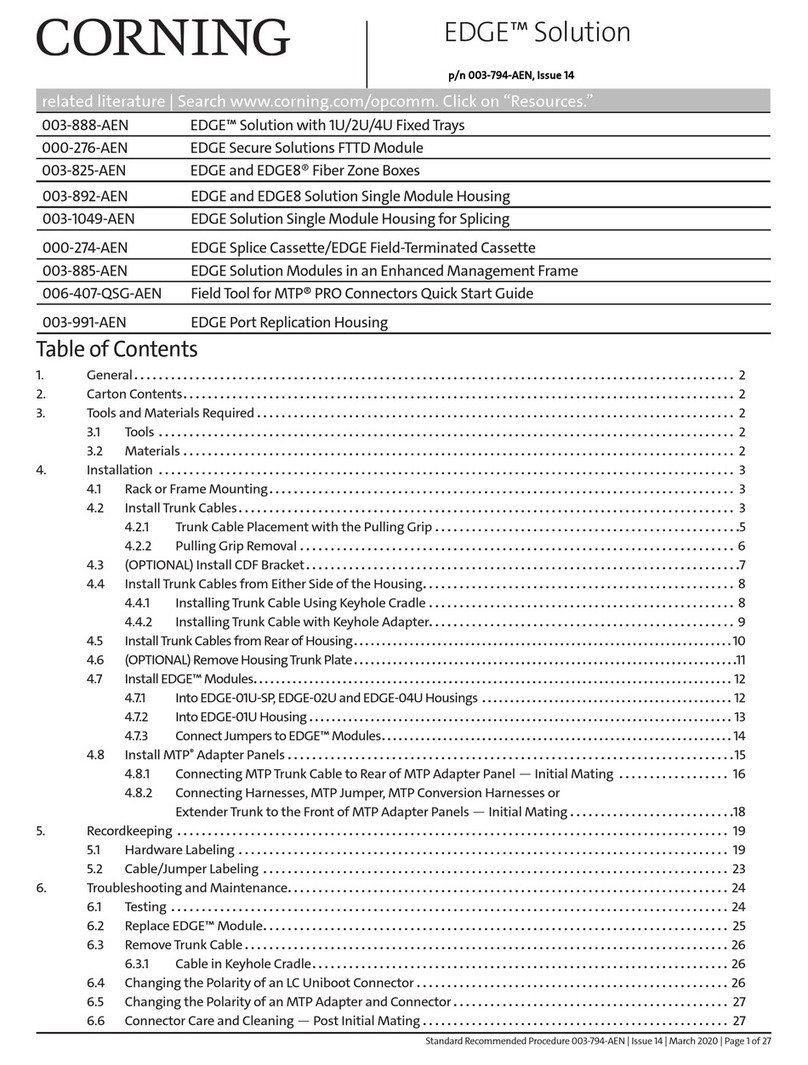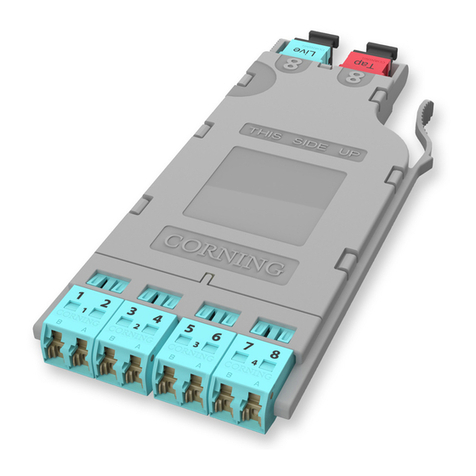
Preface
MA1000 Installation and Configuration Guide VIII
3.3.3 RF Rules ..........................................................................................................................14
3.4 Power Consumption, Connections and Power Supplies .................................................................14
3.4.1 Power Safety Instructions .................................................................................................14
3.4.2 Power Consumption of Units .............................................................................................15
3.4.3 Circuit Breakers................................................................................................................15
3.4.4 Types of Power Supplies...................................................................................................15
3.5 Installation Conventions.............................................................................................................15
4System Installation ..........................................................................................................17
4.1 Overview...................................................................................................................................17
4.2 Communication Room Installation...............................................................................................17
4.2.1 Rack Installation General Instructions................................................................................18
4.2.2 Rack Installation Safety Instructions..................................................................................19
4.2.3 Single Building Rack Installation........................................................................................19
4.2.4 Multi-Building Rack Installation..........................................................................................20
4.2.5 RIU Connections...............................................................................................................21
4.2.6 BU Connections................................................................................................................21
4.2.7 Controller Connections......................................................................................................21
4.3 Remote Site Installation .............................................................................................................22
4.3.1 MA1000 RHU Installation ..................................................................................................22
4.3.1.1 Wall Mount ..........................................................................................................23
4.3.1.2 Connections.........................................................................................................23
4.3.2 Add-on Installation...........................................................................................................24
4.3.2.1 Assembly and Connections....................................................................................25
4.3.3 860 WLAN Solution Installations........................................................................................26
4.3.4 Antenna Connections........................................................................................................26
Appendix A: System Specifications ......................................................................................27
RF Frequency Ranges........................................................................................................................27
RF Parameters per Service.................................................................................................................28
Low Band Services.....................................................................................................................28
High Band Services....................................................................................................................29
Absolute Maximum Rating .................................................................................................................29
Optical Specifications ........................................................................................................................30
Multimode Fiber Qualifications....................................................................................................30
Environmental ...........................................................................................................................30
MA1000 Component Specifications.....................................................................................................31
Base Unit ..................................................................................................................................31
RHU 31
Add-On .....................................................................................................................................32
Ordering Information ........................................................................................................................33
MA1000 QSX .............................................................................................................................33

































